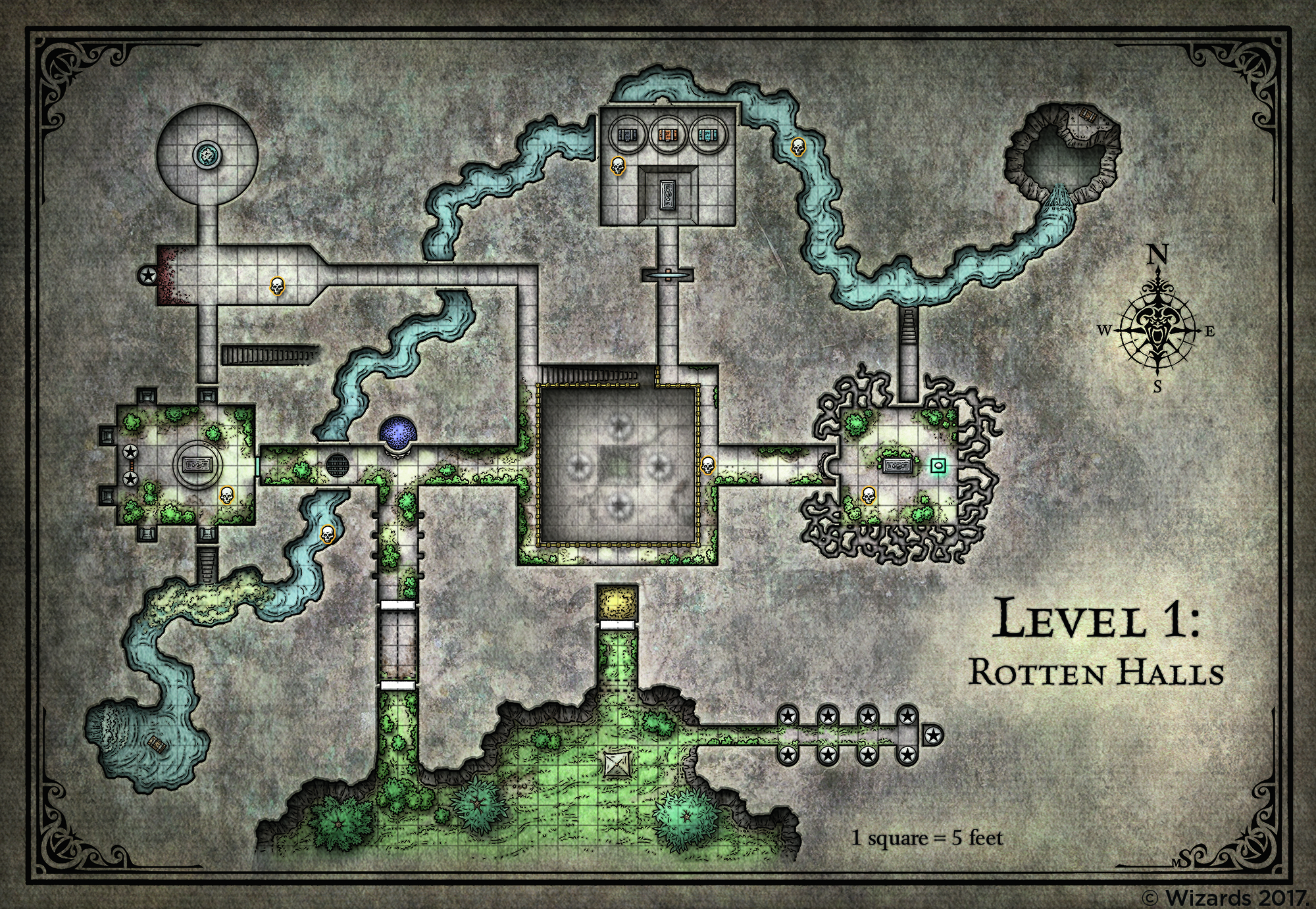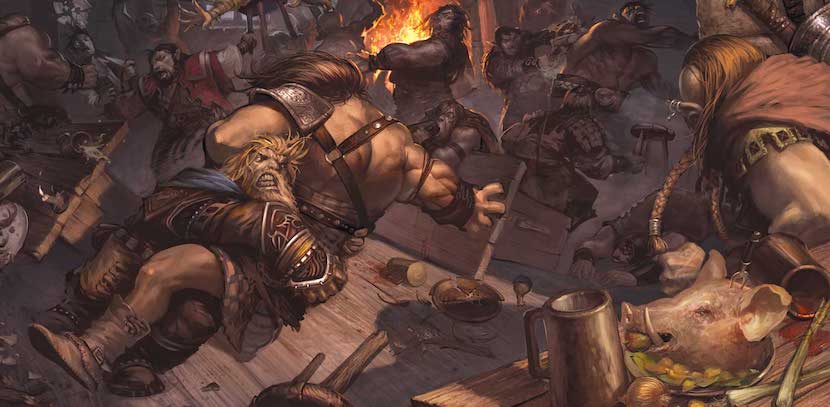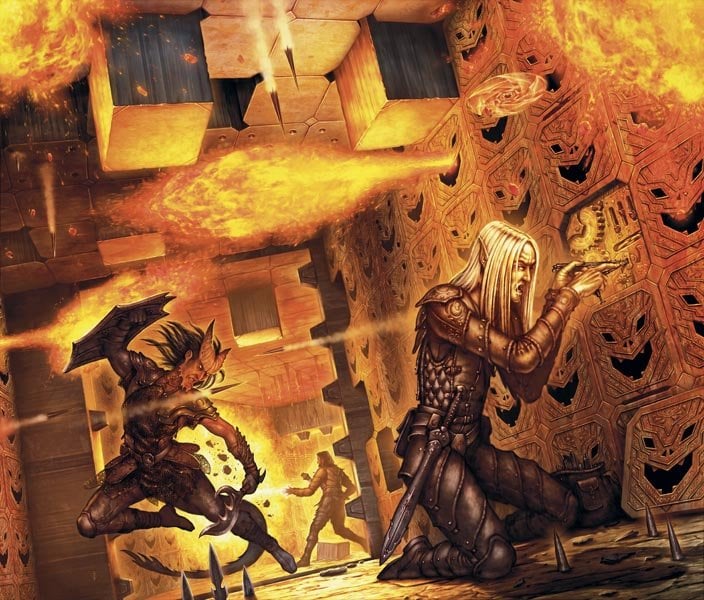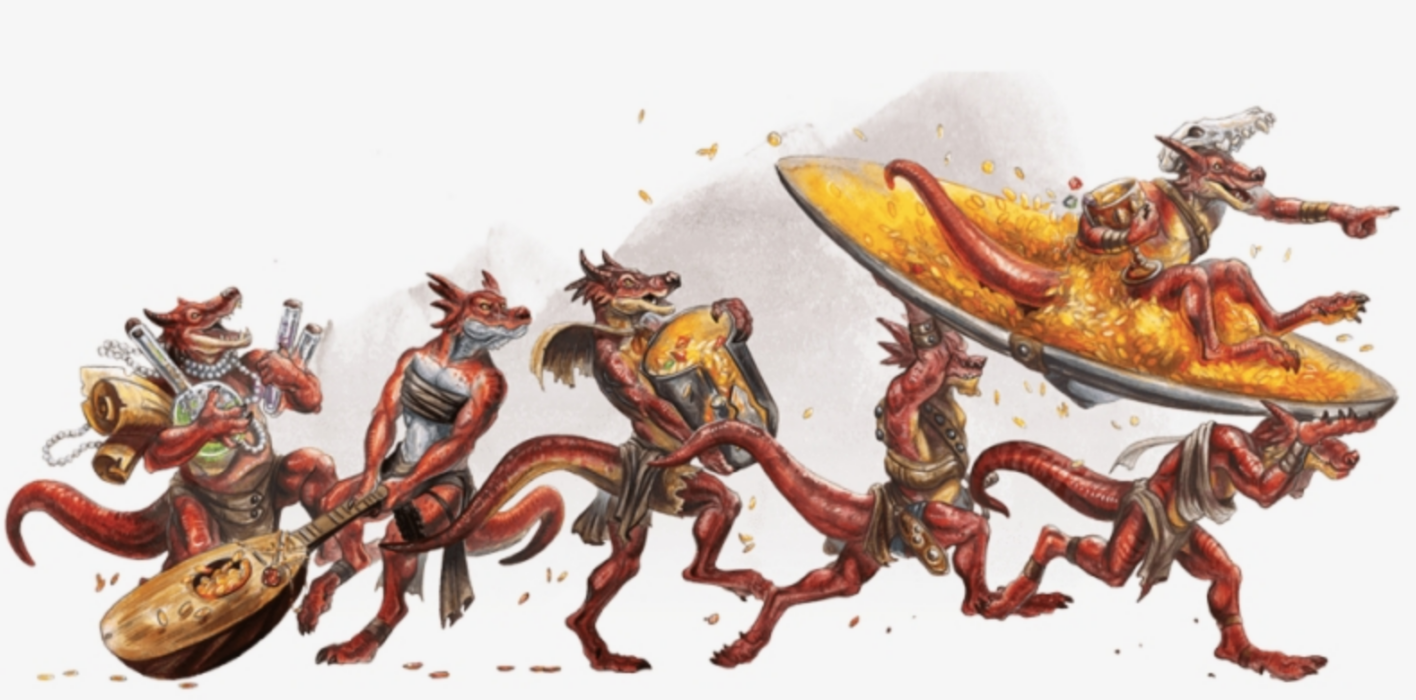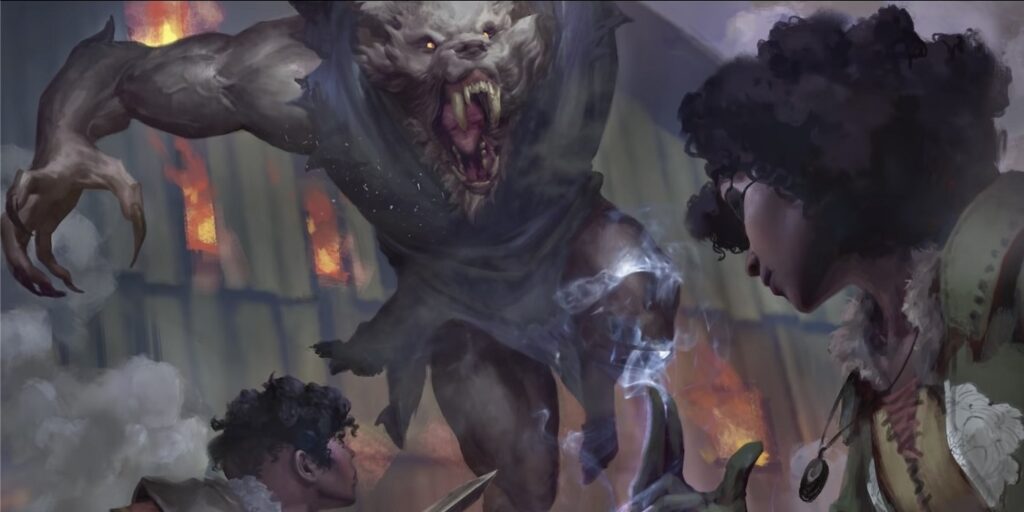D&D: Five Ways to Spice Up Your Dungeon Crawl
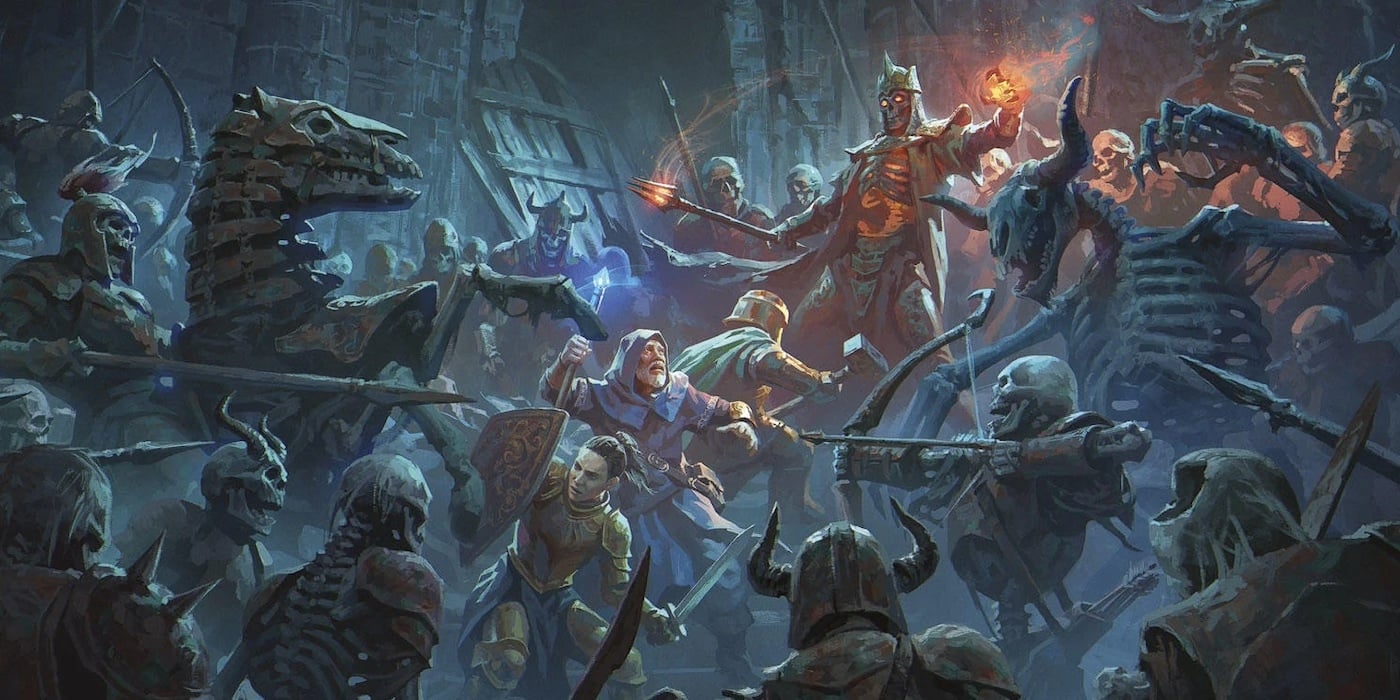
Now that dungeon crawler is in the dictionary, it’s time to level up our dungeons. Here are some ways to add some zest.
Dungeon crawls are in the air after Merriam-Webster added the phrase dungeon crawler to the official lexicon. But what’s the secret to making the perfect dungeon? Well, as it turns out, there’s a few secrets. And today we’re gonna share some of them.
Here are a few things you can try the next time you’re planning out a dungeon. Just pick one that sounds interesting, and season to taste.
Make a Lot of Secret Passages
Secret tunnels aren’t just for Avatar: the Last Airbender. In fact, secret passages that connect different parts of the dungeon together in unusual ways is kind of a staple of fantasy stories in general. But they’re especially good if you riddle your dungeon with ’em.
Now, this does mean a little bit more planning of what the layout is. Because the best secret tunnels don’t just take you into new areas—they let you sneak into places unguarded when otherwise getting to them might be a problem. Make them reward players as a sort of cunning solution to encounters, and you’ve got yourself a recipe for one spicy dungeon.
Have Monsters Run in From Other Rooms
Want to make your dungeon feel alive? The easiest thing you can do for this is to just have your monsters move around in the dungeon. Once you figure out where they’re supposed to be in the first place—which Orc is guarding which pie, and so on, have the critters start moving.
If you really want to get detailed/inventive, come up with a listing for where everyone is at night, at day, at mealtimes. It all depends on what your dungeon actually is. But you only need the barest of bones to imply a much deeper level of immersion. Especially if monsters start running in when they hear the sounds of fighting.
Moving Parts
Speaking of your dungeon feeling alive—a good way to add a little extra zest is with a big moving setpiece. This could be a network of traps or defenses, like the whirling lades in an ancient tomb. But it could also be magical machinery that is floating around doing stuff. Or maybe there’s some sort of magical river suspended in mid-air.
But the most memorable dungeons have a room where it feels like the environment itself is playing a role.
Keys and Doors with Character
Sometimes it’s the littlest things that make for the most memorable moments. And in this case, having a unique set of keys or doors to your dungeon can add some extra fun. If you’ve played Baldur’s Gate 3, the opening dungeon sets the tone when it has you crawl through a sphincter every time you’d pass through what would otherwise be a doorway.
Of course you don’t have to be organic. You could just as easily have doors of crystalline light or keys that are embedded in the heart of certain enemies in the dungeon, so you have to kill them to move forward. The sky’s the limit, really!
Treasures and Icons
Finally, the right rewards can make any dungeon feel memorable. But here’s something to think about. Instead of just picking out from the list of magic items or rolling randomly, why not take a little bit of time and think about a unique item—something that resonates with and emodies the theme of your dungeon.
A vampire’s castle might have a life-drinking sword, for instance. Or go more in-depth and create an item that’s emblematic of the vampire. For instance, if they were all about using blood magic, maybe it’s a special item that turns the blood of your enemies against them.
Raiding a frost wizard’s tower? Find yourself a staff made out of elemental ice that has big glacier powers to go with it. Really lean in to the themes of your dungeon and the creatures in it, and you’ve got a delicious finish that will leave your players satisfied.
Happy adventuring!

